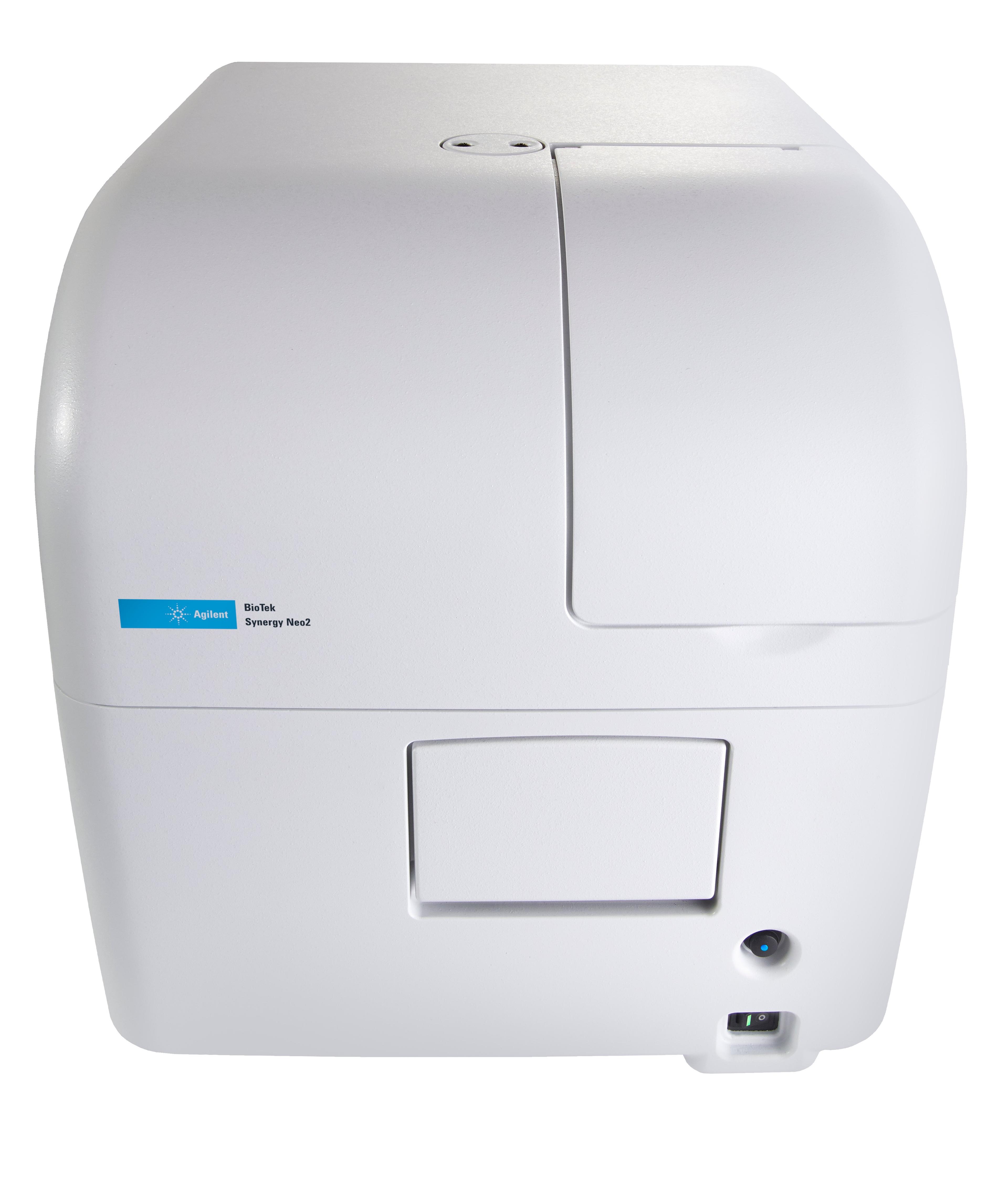State-of-the-Art Cellular Screening Facility Enables Efficient Drug Discovery for Academic Labs
Technical Director of The University of Chicago’s Cellular Screening Center, Siquan Chen, shares insights into the facility and her thoughts on the future of screening
16 Jun 2018
High-throughput screening plays an important role in both the drug discovery process and in the understanding of disease mechanisms. By measuring the effect that small molecule compounds have on cellular function, we can quickly identify the compounds that have a desired effect and move these molecules forwards in the drug discovery process.
Siquan Chen, Ph.D.
Siquan Chen is Technical Director of the Cellular Screening Center at The University of Chicago. Prior to this, Chen worked at Millennium Pharmaceuticals (now Takeda Oncology), where she set up the company’s first whole genome siRNA screen.
The use of automated technology and robotics is staple to the high-throughput screening process; however, for the average academic lab, equipment is expensive and assay set-up can be difficult, requiring skilled professionals. There are now a number of core facilities that offer a cost-effective solution for early drug discovery by providing high-throughput screening services to academic investigators. SelectScience® speaks to Siquan Chen, Ph.D., Technical Director of the Cellular Screening Center (CSC) at The University of Chicago, to learn about this state-of-the art facility, innovative screening technology and her thoughts on the future of high-throughput screening.
A Unique Facility
The Cellular Screening Center (CSC) is a core facility at The University of Chicago. Serving researchers in the Chicago area, the center provides high throughput cell- and non-cell-based screening. The center has a number of validated cell lines and a variety of small molecule or siRNA screening libraries available to investigators.
“Our core facility is a one-of-a-kind screening facility in an academic set-up”, Chen explains. “The whole screening facility is in a cleanroom setting.” This set-up was pioneering when the center was launched in 2006 and Chen, who has over 17 years’ experience in screening, comments that “even now there aren’t many screening facilities, even in industry, set up in a cleanroom environment.” This unique set-up reduces contamination risk, ensuring a high degree of confidence in the assays performed.

Collaboration
The staff at the CSC work across a wide range of projects and disease areas, with current collaborations focused on cancer biology, diabetes and ophthalmology. This variety is something that Chen highlights as “the fun part of working at the screening facility”.
Working with investigators from local universities such as The University of Chicago, Northwestern University and University of Illinois at Chicago, a key task for staff at the CSC is to adapt cell-based assays for high-throughput screening.
When researchers approach the center, the screens they would like to perform are often designed as small-scale benchtop assays. “High-throughput screening works on either 96-or 384-well plates and the investigators’ assays are usually in a 10 cm cell culture dish, or a 6-well plate”, Chen explains, “so we help them to decide if their assay is feasible for miniaturization suitable for screening.” Once developed, the entire screening process is automated, with numerous liquid handlers and microplate readers, all integrated with a robotic arm that runs along a 3-meter track between the different workstations.
One key plate reader used by the facility is the BioTek Synergy™ Neo2 Multi-Mode Reader, often used to perform fluorescence, luminescence and absorbance assays, which Chen describes as the “rock” of high-throughput screening. As a recent addition to the center, Chen highlights that “it is very easy to use and the interface of Gen5 software is clear and easy to manipulate.” This is particularly important for the efficient analysis of screening results, which are analyzed by CSC staff before being reported back to the investigator.
Current challenges and opportunities in high-throughput screening
While most screening is performed in cells, there are screens done at the CSC that are not cell-based but biochemical, for example some type of enzymatic assays. “From my experiences, biochemical assays are cheaper, faster to set up and easier to run,” says Chen. “Cell-based assays are usually more challenging — the challenges coming from the variations in noise and the narrow screening window.”
This is an important consideration when developing an assay using valuable resources, and usually depends on the questions the researcher wants to probe and the ability to translate the assay into a high-throughput screen. This is not always possible for some specific biochemical assays and sometimes takes upfront active assay development, which a lot of investigators aren’t able to do.
The future of high-throughput screening
“High-throughput screening is still a very necessary and validated part in the drug discovery process,” says Chen. “How to improve on it and make it more user friendly and relevant, is through the development of the types of assays performed.” With an increasing interest on 3D cell culture and assays, Chen concludes: “If we can develop these types of assays, screening will be more relevant to the disease, the downstream activities, and more attractive for future researchers.”
Do you use microplate readers in your research? Write a review today about the microplate reader you use for the chance to win a $400 Amazon voucher.

